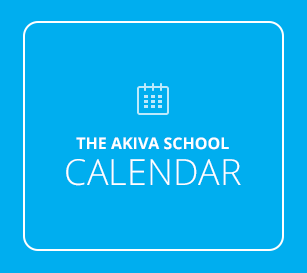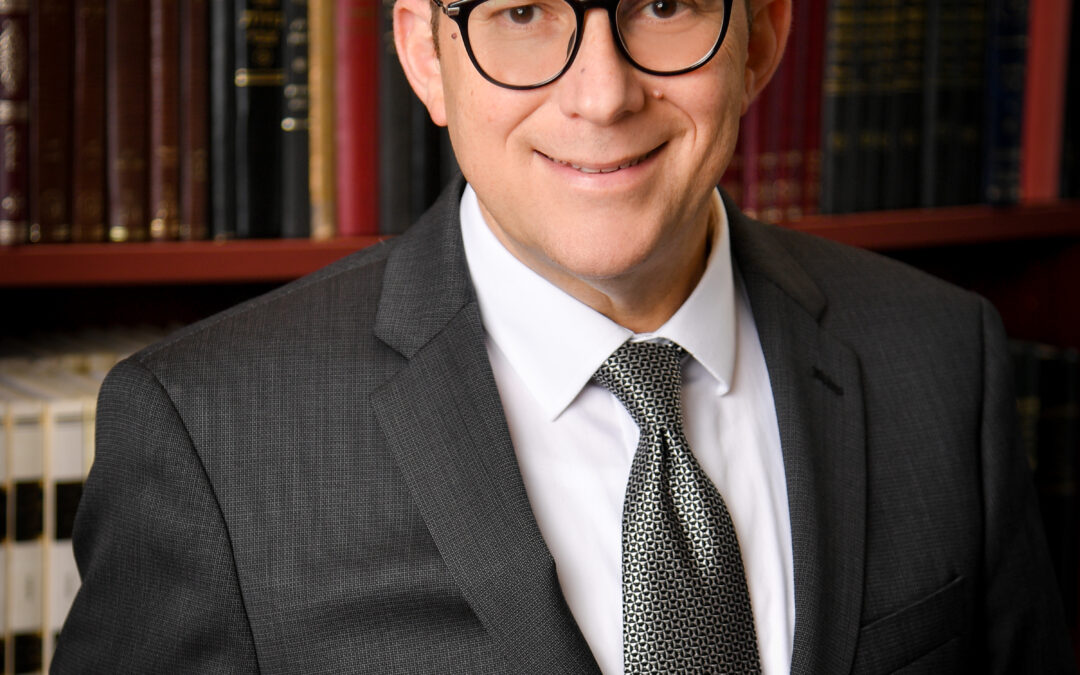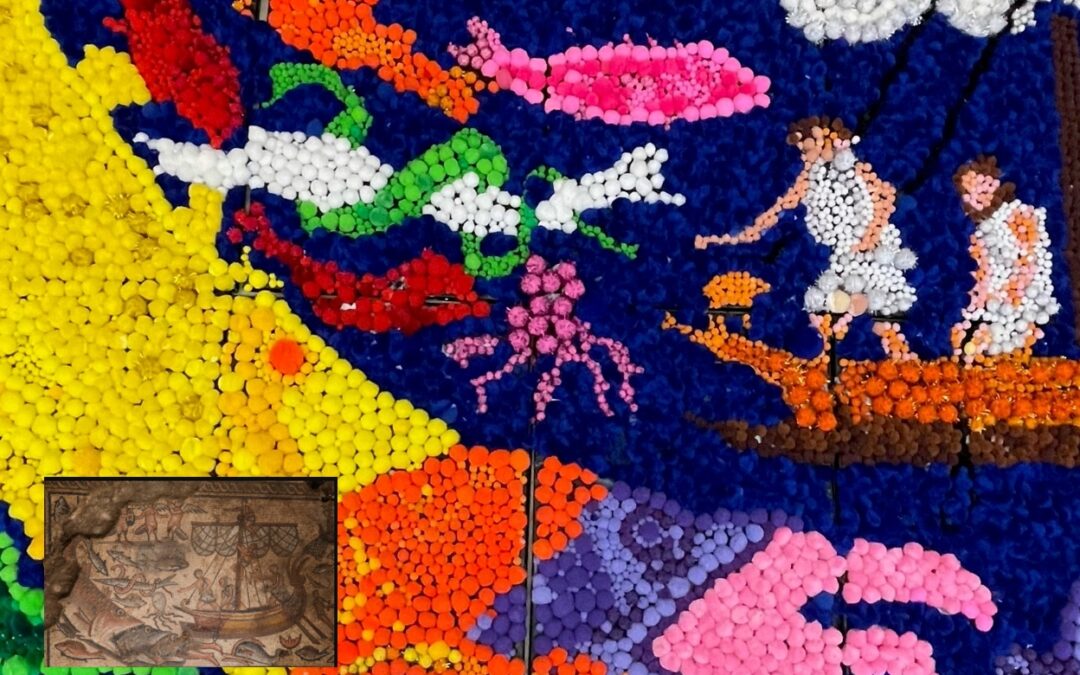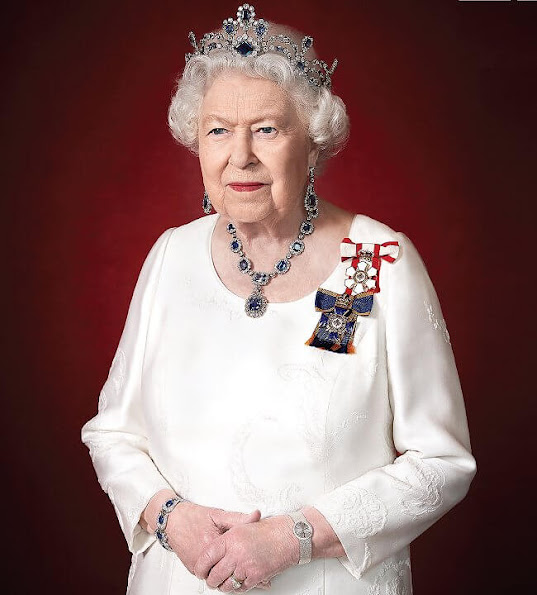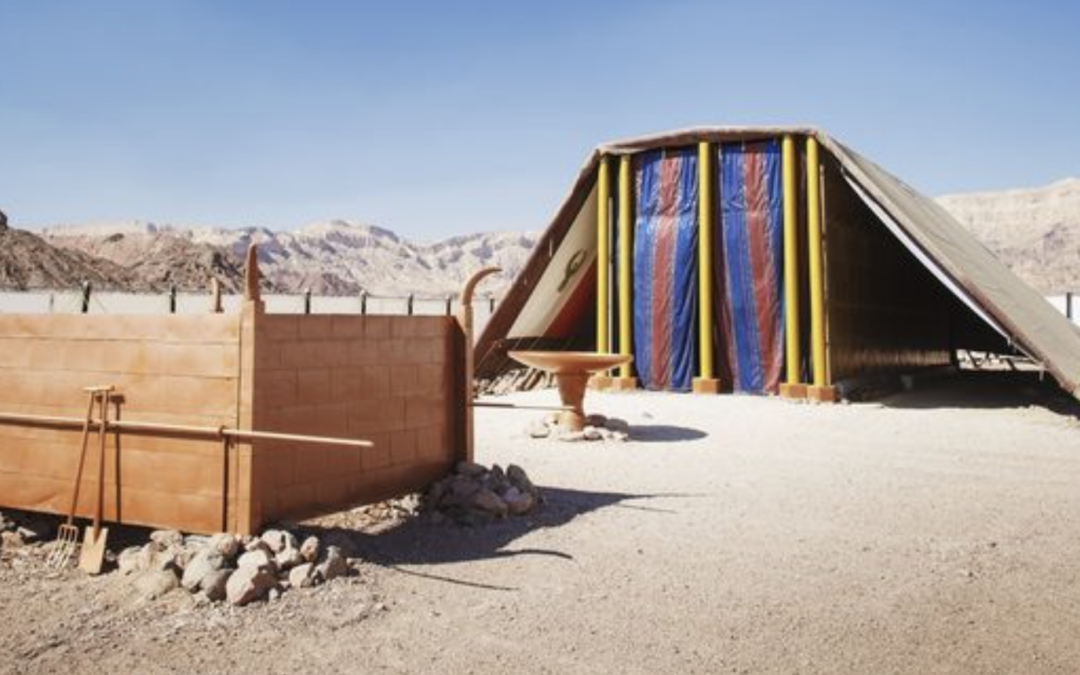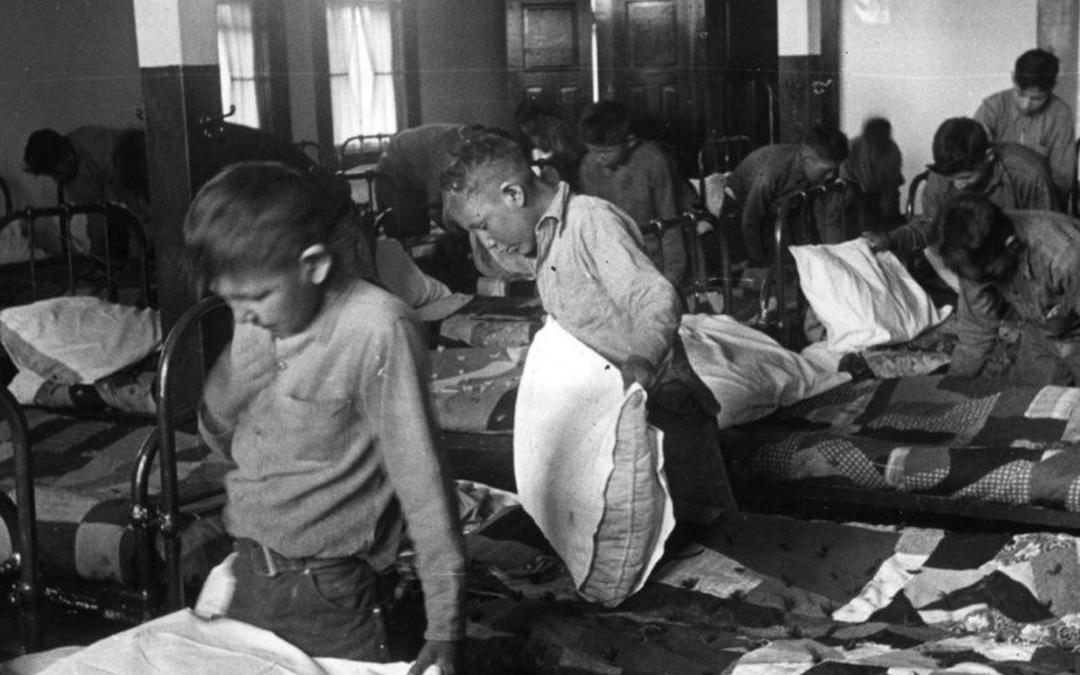For this week’s Parashah blog, it was my pleasure to share with you the Dvar Torah of Nora-Jin Sokoloff, a recent Akiva graduate who celebrated her Bat Mitzvah this past Shabbat. We wish her and her family Mazal Tov.
I am very e xcited but maybe a little nervous standing in front of you today, and also very happy you all came today to share my very special day with me – My Bat Mitzvah. I would like to share with you my Torah portion – what I learned about it and from it. But before I tell you about my portion. I would like to dedicate my D’var Torah to my dear dad, Jay, who is unfortunately not with us any longer but definitely here in spirit, smiling and happy to see me have my Bat Mitzvah as we both planned. He would have been so very proud to see me up here and keeping the promise I made to him. Dad, I know you are here with us, I love you and you will be forever in my heart. In your honour I am wearing your Tallit today.
xcited but maybe a little nervous standing in front of you today, and also very happy you all came today to share my very special day with me – My Bat Mitzvah. I would like to share with you my Torah portion – what I learned about it and from it. But before I tell you about my portion. I would like to dedicate my D’var Torah to my dear dad, Jay, who is unfortunately not with us any longer but definitely here in spirit, smiling and happy to see me have my Bat Mitzvah as we both planned. He would have been so very proud to see me up here and keeping the promise I made to him. Dad, I know you are here with us, I love you and you will be forever in my heart. In your honour I am wearing your Tallit today.
My Torah portion today is called Ki Tavo, which means to enter. It can be found in the biblical book of Deuteronomy, in Hebrew Devarim, which is the last of the 5 books of Moses.
This portion sets us back to the time in Jewish history when the Israelites were freed from slavery from the Egyptians. After 40 years of wandering in the wilderness they were about to enter the land of Canaan, which today is the land of Israel.
The story of my portion begins when Moses reviews the laws by which the people were to live in the land they were about to enter. After entering the land the Jewish people were to become farmers. Moses told them that when they complete their harvest they should take the first fruits put them in a basket and bring them as an offering to the sanctuary, giving thanks to G-d. This was called Bikkurim (the holiday of Shavuot). At the same time, the people were to recite a prayer to recall 3 specific times in the Jewish people’s history: 1. The humble origins of Abraham’s wandering from country to country; 2. his descendants’ slavery in Egypt, and 3. God freeing them from bondage and bringing them to the promised land of Canaan.
This became a ritual from generation to generation. This teaches us that we should never forget our past suffering and always appreciate our good fortune.
Studying Jewish history bonds Jewish people all over the world. The past leads us through the present into the future.
Another point that my Torah portion makes is when Moses instructs the people to set aside one-tenth of their produce – this was a kind of tax as we know it today. This tax was to be divided into 3 parts: One part was to go to the Levites who were one of Israel’s 12 tribes not given a piece of land in Canaan. Instead they were scattered all over the land as teachers for the people as well as being in charge of the Torah. The second part was to go to farmers’ families at the Thanksgiving celebration. And the third part was to go to the poor amongst them like the widows, the fatherless and the strangers. This ritual was the beginning of Tzedaka (charity). In Jewish history, we learn about Tzedakah from the earliest of times. It was considered a mitzvah, an obligation and the responsibility of every Jew. The rabbis tell us that if we help others that are less fortunate than ourselves, we will be rewarded with long life, prosperity and honor.
These commandments stress the idea of gratitude. When we acknowledge the good blessings in our lives, it makes us start to look around and realize how we can help the less fortunate than us.
My Torah portion actually connects us with our ancestors from more than 5000 years ago, still keeping the memory of our history alive and reminding us of the same message which is: When times are good, we should remember the difficulties that came before and how we could share with others to make them as strong as us. And when times are bad, we should remember there is always somebody lending a helping hand to get us back on our feet. I can definitely identify with this, as when times were difficult for my family there was always somebody lending us a helping hand to get us back on our feet. We should also remember that life is a mixture of successes and failures, of joys and disappointments. We should always try to make the right choices and never to lose our hopes and dreams and to keep on trying to make our lives as meaningful as possible.
Preparing for my Bat Mitzvah wasn’t exactly as difficult as wandering in the desert for 40 years. But it still took a lot of hard work and effort to reach this goal. I had to juggle a lot of my activities and time between my school work, and my diving schedule in order to be ready for today. But I’m not complaining as I learned so much from my Torah portion and preparing for it. I know that becoming a Bat Mitzvah in the Jewish religion means entering adulthood, which in turns means taking on more responsibilities (which I have quite a lot of them already). But I’m not giving up the excitement of being a kid. My studies exposed me to bigger questions of moral and social values. I realize that young people like me, have been standing up here in this ceremony for thousands of years, and it makes me feel special to be a continuation of this tradition. It is a big responsibility to be a link in this chain, it makes me feel important and humble at the same time.
I have come away with some very important lessons from my portion to remember and to live by. I will take these lessons with me on my journey through life.

